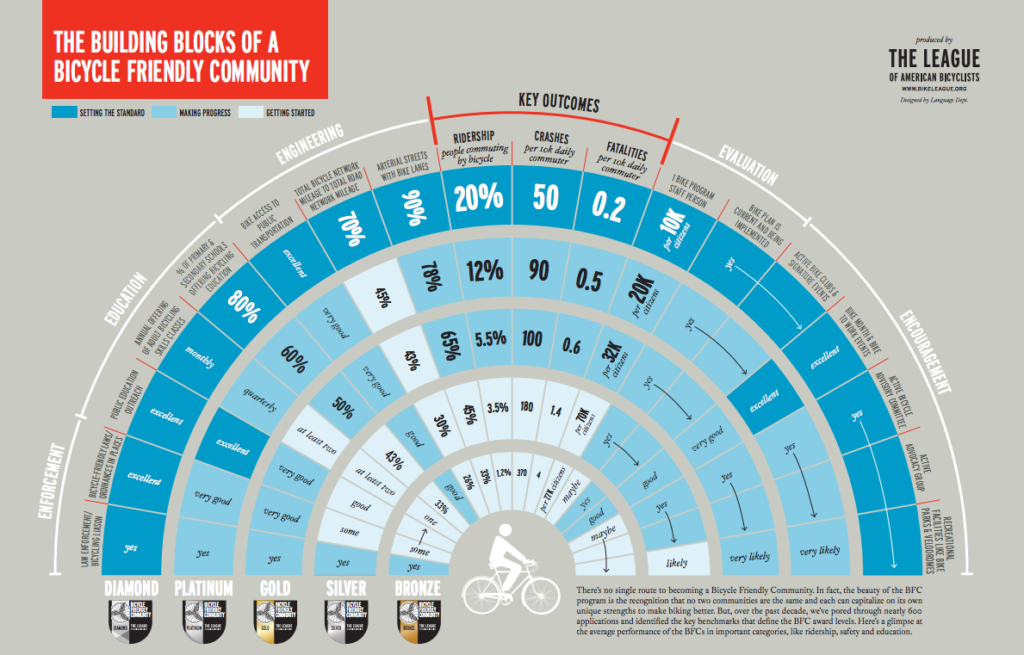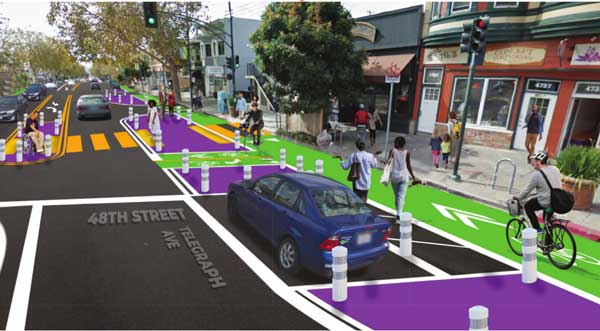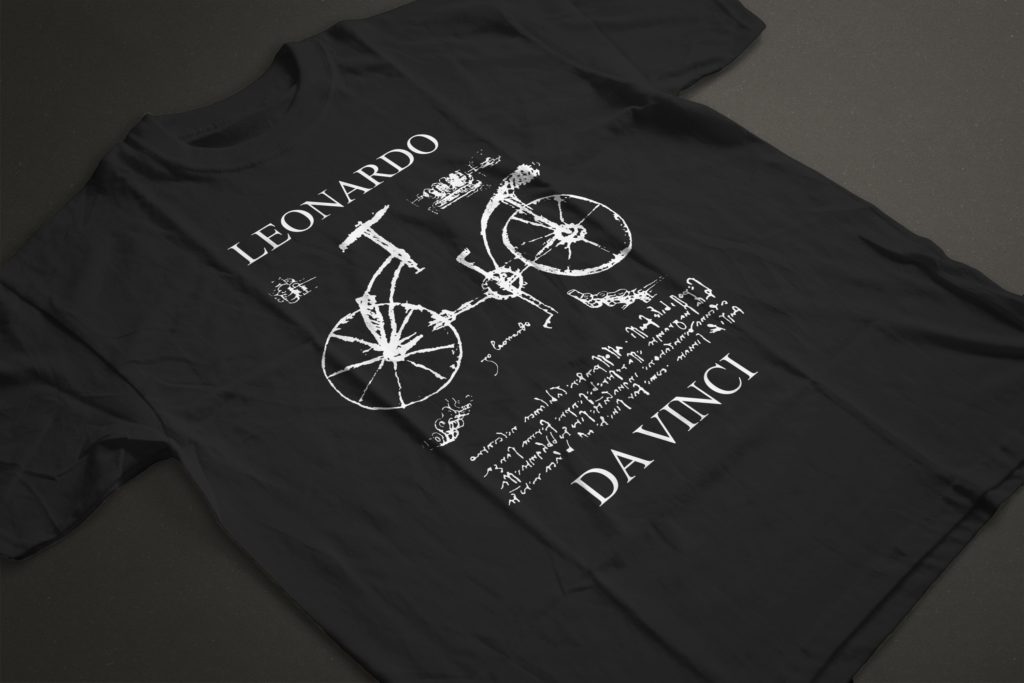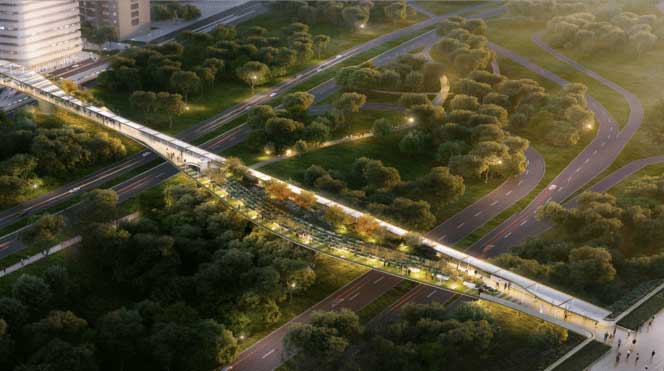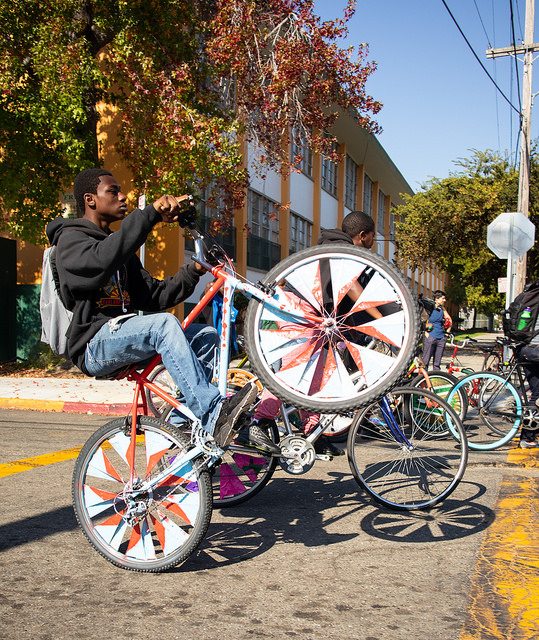Bicycle “Friendly” “Community”
My feed today lit up with friends sharing the news that Oakland has been granted Gold status in the League of American Bicyclists’ “Bicycle Friendly Community” program, which has been a goal of the advocacy movement here for some time. As you might expect, I have an opinion about it.

